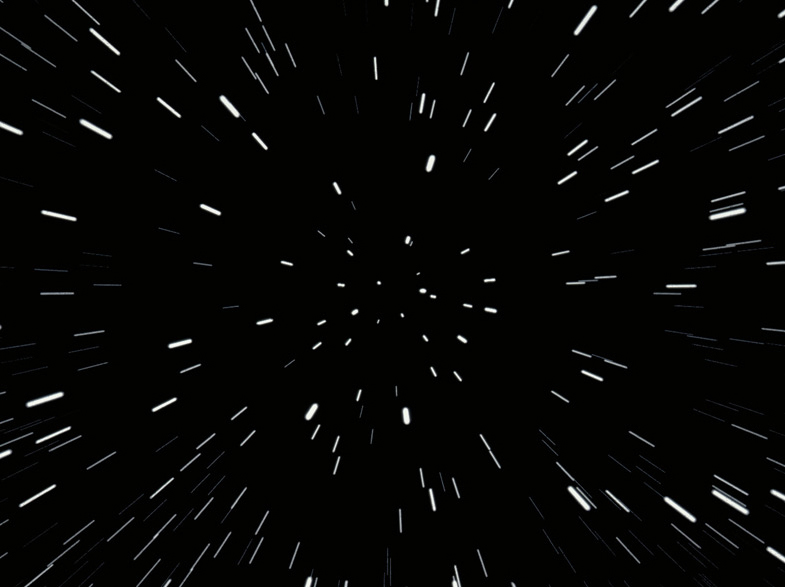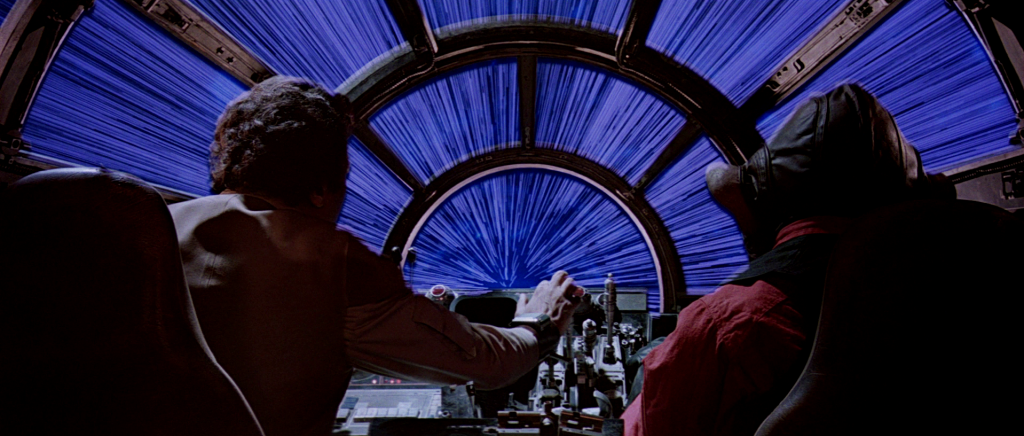Here is a little preview of the finalized animation that is up on Media Art Nexus Wall.
PS: Please mind the shaky hands of my dear father.
Here is a little preview of the finalized animation that is up on Media Art Nexus Wall.
PS: Please mind the shaky hands of my dear father.
Follow up from the first testing on Media Wall, we had another testing as well as photoshoot for our poster.
After reviewing, another round of editing had to be done to make the piece look better, and not too clashing.
Below are the updated and final version of the still images of Mutation, follow up from the previous posts.
2. The patterns are edited to be more spherical or rounder compared to the previous ones which are more elliptical.
3. The size of the virus(es) are bigger to break the red.
4. The colour scheme for the virus(es) were chosen for contrast. The tone for the yellow used for the bigger virus is reduced so that it doesn’t clash with the red as red is supposed to be the center of attraction.
Lately, I started on the motifs for the Virus that will cause the Mutation in the city. The motifs were created and/or designed the same way I did for the previous motifs: find an image of an interesting microscopic anatomy, trace on tracing paper, scan and then digitized and compiled them all together to form ONE virus.
The virus cells that I was inspired by can be seen below.
Virus #1: Structure of Virus
Virus #2: HIV
Virus #3: Structure of Polio Viruses
Virus #4: Ebola Virus
Then, I combined them to form into one motif:


I had 2 versions of the motif in terms of colour to have a general outline vs how I intend for the virus motif to look like — clearly going towards the direction where my “healthy, normal, and non-virus” main motifs will soon change its “pure” colours to the spread of virus.
Apart from motifs, since the previous lesson where we were demo-ed on how to animate our banner in After Effects, I had thoughts mingling in my mind and thus decided to write it down:
To be brief, I noted down how I think I want my animation to be — main motifs zoomed in or out, virus approaching main motifs, spreading of colour, etc.
When I had these thoughts, I was thinking of Star Wars — how their spaceships were floating in space, the movement of space when spaceship goes towards whirlpool galaxy(?).
Maybe these images will help to show you how I envisioned the background of my banner to be:




Recently, I head down to the Experimental Medicine Building, to use the resources that they have on human microscopic anatomy/structure.
First foremost, I was taught the fundamentals of using a microscope, and lastly the choosing of whichever samples that I would like to view on.
I was spoilt for choices with the many samples, however the technician was of great help. He sat beside my work desk and assisted me — he even play trial and error to view the different samples to get the pattern that I was looking for in our human anatomy.
I selected a few of the samples, and did a screenshot of what I studied:
Mammal Cerebellum
Human Spinal Cord
Human Scalp
Mammal Thyroid and Parathyroid Glands
Mammal Kidney
Human Lung
Human Skin, Non-pigmented
Mammal Artery and Vein
Human Skeletal Muscle
Mammal Compact Bone
Mammal Ovarian Follicles
Human Ovary, active phase
Human Tongue
Mammal Esophagus
Human Stratified Columnar Epithelium
Why do things appear when we least expect them? These past few days, I have been holding on to a book that I found in the library, and perhaps it should be the first few things I should have found from the start of the Pattern project.